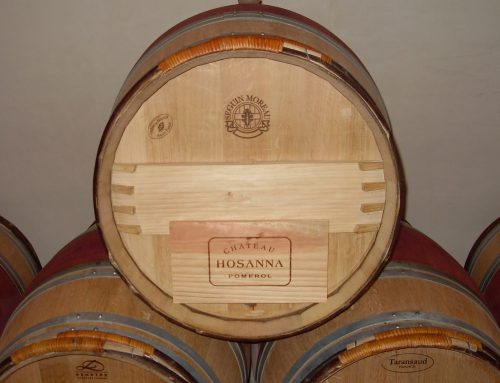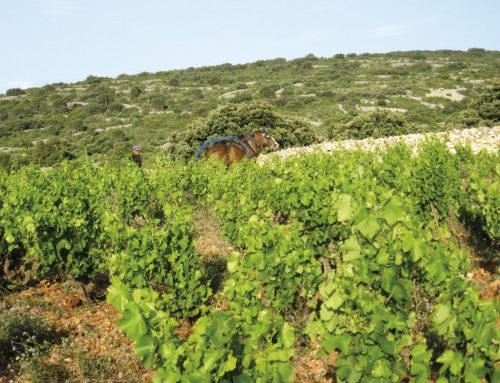Good value wines, such as Domaine Bila-Haut Les Vignes Bila-Haut, often result from quality producers moving into inferior wine regions.
Roussillon sits on France’s Mediterranean coast, near the Spanish border. For more than a 1,000 years, it was a battlefield between those two countries, and before that, it was part of the Roman Empire. Yet through it all, there was wine.
Occupying Greeks planted Roussillon’s first vineyards in the seventh century B.C. The region’s wines were respected until the 19th century, when the rise of industrial cities, with large populations required cheap, bulk wines, led to the planting of grapevines that yielded quantity, not quality. After the devastation of two world wars and the economic toll of the Depression, a once proud wine area was brought to its knees. But this is when smart, entrepreneurial producers walked in.
Michel Chapoutier is a talented winemaker and visionary businessman. In 1990, after graduating from enology school in France and working in California, Chapoutier, then 26, took over the family’s faltering northern Rhone Valley wine business.
He transformed the family vineyards to organic and biodynamic viticulture, and was the first winery owner in the world to make his wine labels readable in Braille. In the latter part of the 1990s, he expanded to Roussillon purchasing 185 acres in Latour-de-France, a small village near the Spanish border. The new winery, named Domaine de Bila-Haut, produced its first vintage in 2002.
A few weeks ago, I tasted the two newest wines of Domaine de Bila-Haut with Eric Aracil, the export manager for the Roussillon wine producers’ organization, during his New York visit.
We started with the 2011 Domaine Bila-Haut Les Vignes Bila-Haut Cotes du Roussillon white wine. This is the domaine’s basic wine label, and is made from estate and purchased grapes. Chapoutier blends grenache blanc, grenache gris and macabeu- the latter a primary grape of Cava, the Spanish sparkling wines.
I anticipated a casual white wine, but found myself captivated by the apricot and honeysuckle aromas, and the very tasty fruit. Its substantial body and perfect balance of minerality, acidity and ripe fruit made it a delightful partner with agnolotti and morel mushrooms, white asparagus, ramp leaves and beurre blanc sauce at Marc Forgione’s eponymous Tribeca restaurant.
After the excellent white wine, my expectations were elevated for the red 2010 Domaine Bila-Haut Les Vignes Bila-Haut Cotes du Roussillon. It did not disappoint.
In the northern Rhone, Syrah is the only red grape permitted by French wine law and Chapoutier has mastered it.
In Roussillon, he included grenache and carignan in equal parts with Syrah. Toasted hazelnut, coffee and black fruit aromas made me want to inhale this wine again and again. Flavors of black cherry and blackberry crossed the palate, trailing bitter herbs and juniper berry, adding complexity and length to this compelling wine.
I like red wine with fish, and the medium-body of the 2010 Domaine Bila-Haut Les Vignes Bila-Haut matched the full-flavored Alaskan king salmon that Forgione dressed up with maitake mushrooms and bamboo rice.
The very reasonable $12 price tag of both Domaine Bila-Haut Les Vignes Bila-Haut wines only adds to the satisfaction.







Leave A Comment